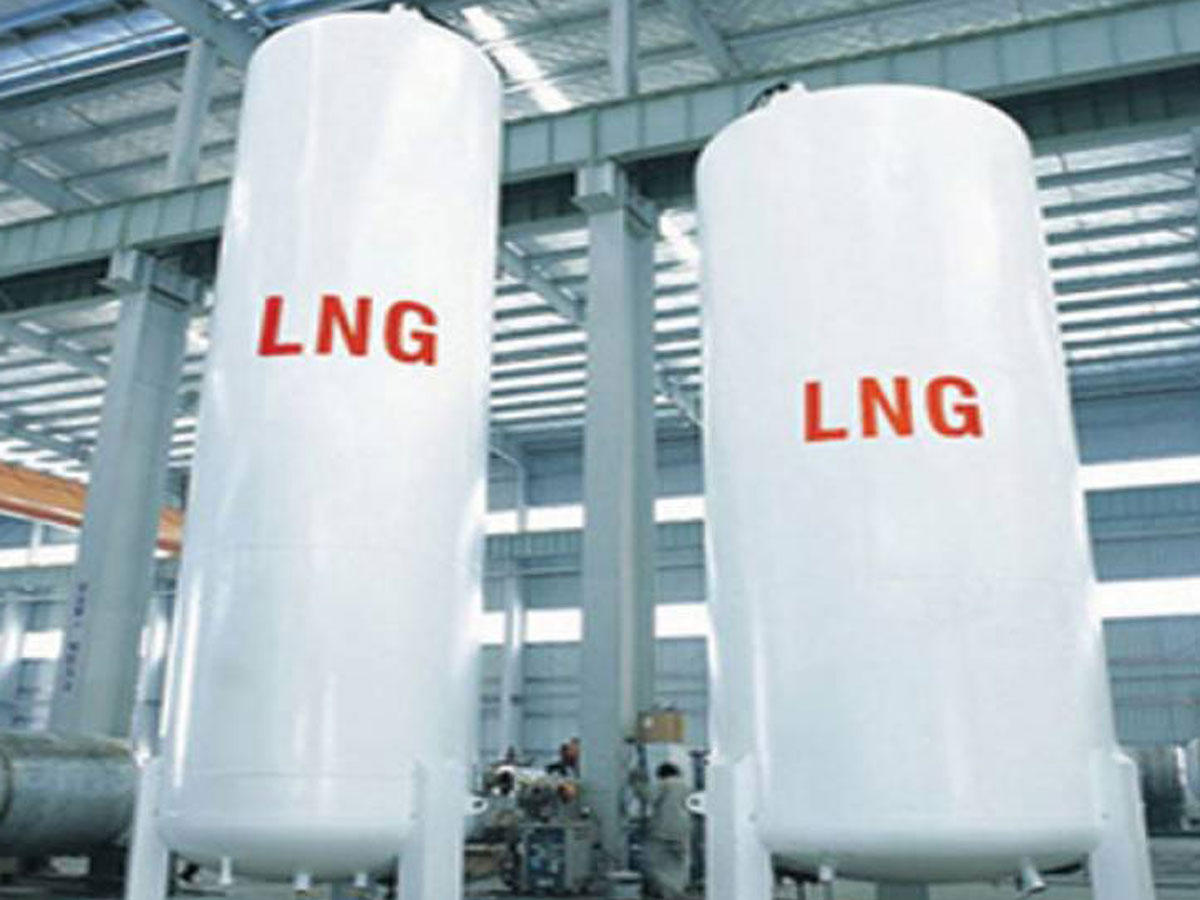BAKU, Azerbaijan, May 13
By Leman Zeynalova – Trend:
Although the liquified natural gas (LNG) offers benefits over other fossil fuels, including coal, the LNG market remains one of the highest emitters of carbon globally, on a full lifecycle basis, Trend reports citing Fitch Solutions.
“Despite being labelled as a transition fuel, LNG supply chain remains one of the key emitters of carbon globally. In a report published in 2020, the IEA estimated that the emissions generated from the lifecycle of LNG sourced in various fields in the US and consumed in Germany, India or China lingered at or below 600CO2e kg/MWh, as compared to over 1,000CO2e kg/MWh of emissions generated throughout the lifecycle of coal sourced domestically in all three countries. Carbon emissions are generated throughout the supply chain of LNG starting at upstream natural gas production through liquefaction, regasification and combustion by the end user,” reads the latest report released by the company.
The latter remains the key contributor of emissions to the whole LNG supply chain according to a number of publications by various organisations.
“Based on the GHG Conversion Factors Tool provided by the UK government, approximately 75 percent of emissions associated with LNG cargoes are generated by the combustion of natural gas in power plants. Shell, in its latest "2021 LNG Outlook", indicates that the GHG emissions from the consumption of natural gas make up around 80 percent of emissions associated with LNG. According to ICF, the share of emissions generated by power plant operations lingers at 73 percent, as presented below. We note however that the other stages, especially upstream processes and liquefication, which requires the cooling of natural gas to minus 162° Celcius, also emit substantial amounts of carbon dioxide and methane. We highlight however, that the share of various value chain components in total LNG life-cycle emissions will depend on the region and technology used to source natural gas and advancements in LNG plants and power plants, to name a few.”
In the view of Fitch Solutions, the expansion of low-carbon or carbon-neutral LNG cargoes will be primarily driven by the tightening of emissions standards in markets of key LNG suppliers and buyers.
“The trend of tightening emission standards across the energy value chain will drive the adoption of low-carbon or carbon-neutral LNG cargoes and expand this currently nascent niche. The regulatory push in key economies will likely oblige both the suppliers as well as recipients of LNG cargoes to adopt tighter standards. As an example, the expected regulatory push from the Biden administration to curtail methane emissions from upstream operations will automatically translate into the adoption of higher standards by key LNG suppliers in the US. On the demand side, we expect the EU and China to be supportive of mechanisms focused on cutting carbon emissions of LNG cargoes, in light of ambitious carbon neutrality pledges. We highlight that the growing adoption of tighter environmental standards in Asia, especially among key LNG importers like South Korea, China or Japan, which will be key drivers behind LNG demand growth over the long term, will likely fuel widespread adoption of lower-carbon or carbon-neutral LNG offerings.”
---
Follow the author on Twitter: @Lyaman_Zeyn






